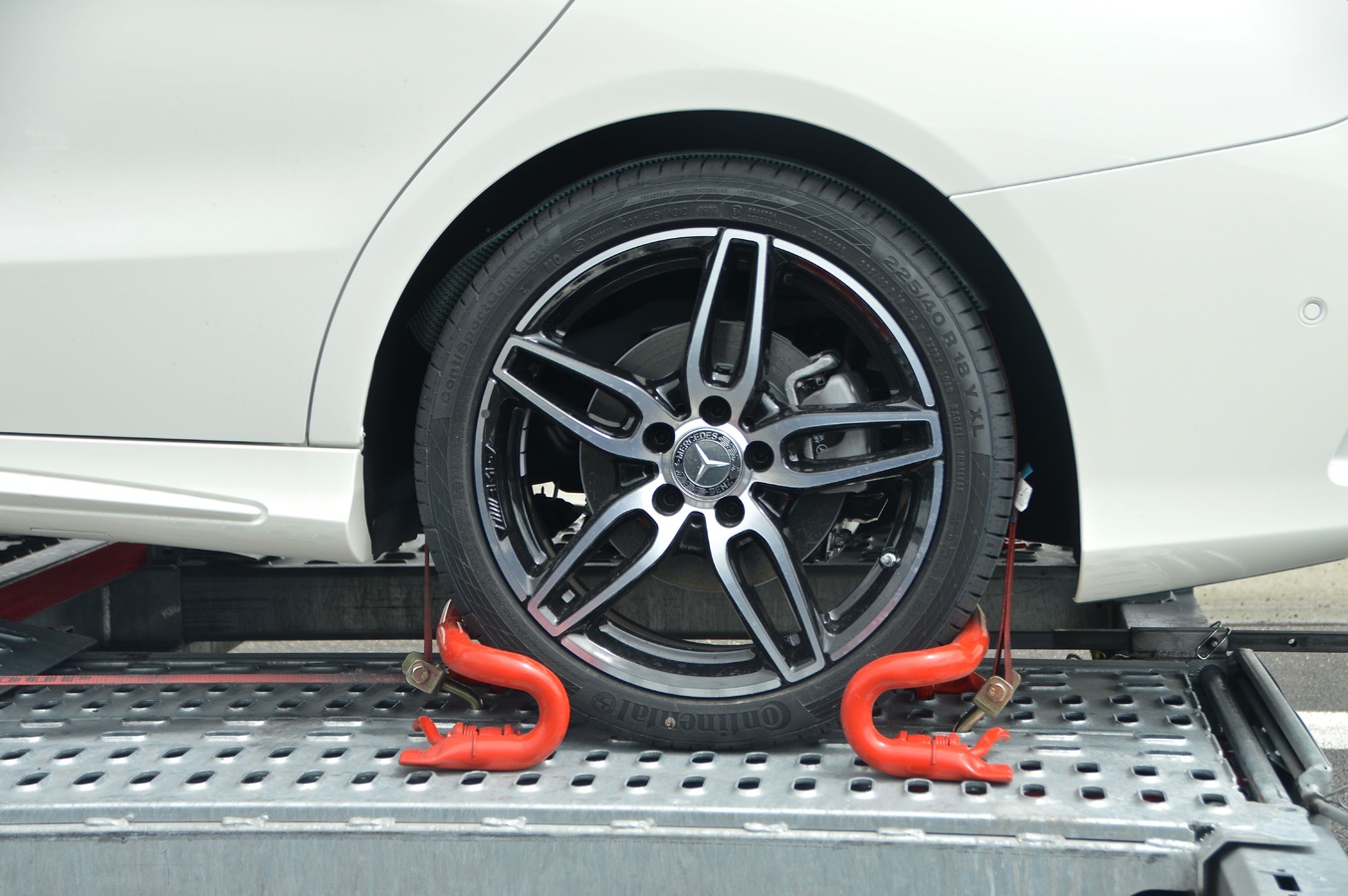The Right Ways to Tow Your Car
There are times when you experience a problem with a car and inevitably have to use a towing service. But how do you tow the right way? Because from towing the car it turns out that it has the potential to damage the bumper component and the driving mechanism.
Different types of cars require different methods of towing because they have different wheel drive system from one to another. Tires or wheels are connected to a car drive system that must be considered not to be damaged when the car is towed.
Placing the Hook Based on Your Car’s Type
In general, the car drive system is divided into four types namely front wheel drive (FWD), rear wheel drive (RWD), four-wheel drive (4WD) and all-wheel drive (AWD). For front-wheel drive cars, the front of the vehicle must be lifted because the rear wheels are not connected to the drive system. And for the rear-wheel, the towing hook must be placed in the back.
So what about the 4WD and AWD drive systems? For 4WD cars such as SUVs and jeeps, the central driving system must be seen, whether in front or behind, then make sure the axle shaft connects the front and rear wheels in a neutral state. This is to prevent the axle or driveshaft from rotating and potentially damage.
For cars with AWD drives, you should not tow it but to use a truck because the car with the AWD drive has four wheels that are connected and rotating at the same time, so that when towed on two wheels, it is likely that the other two rotating wheels will damage the drive system including axle and transmission.
The speed of towing also can cause damage to car components because when it is lifted the car tilts with a high angle so that when towed at high speeds and exposed to uneven roads, it can cause damage to the components.
Prepare the Towing Rope
To be able to tow a car, use a strong pull rope. Can be made of steel or mine. Because it’s important, it’s okay if you always provide a towing rope in the trunk of the car as a precaution. Don’t be afraid that it will take up a lot of space in the trunk of the car because the rope can be rolled up.
Pay Attention to the Car’s Weight and Length
When you tow a broken car, you have to make sure that the weight of the towing car is bigger (heavier) than the car that will be towed. Obviously, the aim is to make the towing process easier.
It looks trivial indeed, but the length of the rope affects your safety. The recommended rope length is around 4 meters or more along the body of the car to be towed. This consideration is vital for the maneuverability of the towed car.
Drive Slowly
When towing a car, make sure the rope is not loose. This is important to minimize the likelihood of breaking the risk of rope breaking. Then, towers should drive the vehicle slowly to minimize the possibility of strikes and broken straps. For the speed of towed cars to remain stable, the maximum speed limit is 30 to 40 kilometers per hour.
Get to Know the Shortest Route
Before doing the towing, discuss first with the tower which route to take. This is important so that later towers and towed cars can anticipate routes with holes, inclines, derivatives to intersections.
Turn Your Lights On
When starting towed, immediately turn on the main light. This is important so that road users can know the condition of your car. When stopping, you are also advised to turn on hazard lights and when turning, use the turn signal far before entering the bend. If there is a problem with the car, mark it with a horn or a remote lamp.
Hire a Professional
If you are not sure what you do, you would be better not to risk your beloved car and hire a professional towing service. As an example, your vehicle jammed in North Carolina; you can use your smartphone an look for towing in Charlotte. Go with the webs on the first search page result because they’re usually the ones with a good reputation.


